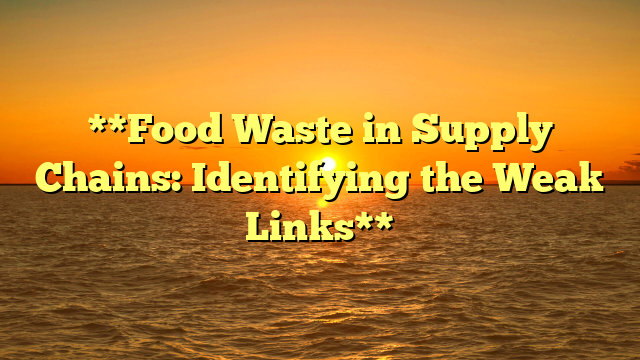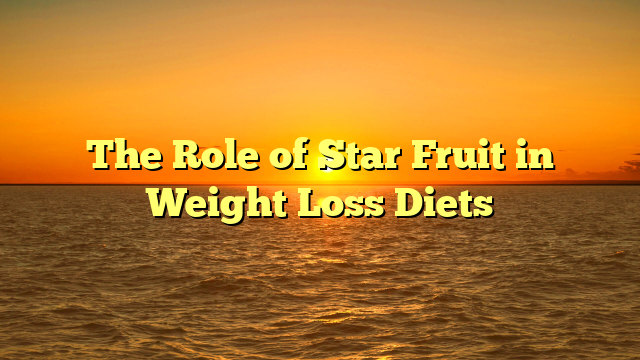
The global food system is a complex network of production, processing, distribution, and consumption. While this system delivers food to billions of people, it is also plagued by inefficiencies that result in significant food waste. Approximately one-third of all food produced for human consumption—around 1.3 billion tons annually—is lost or wasted, with a substantial portion occurring within supply chains. Identifying and addressing the weak links in these supply chains is essential to reducing food waste, improving resource efficiency, and creating a more sustainable food system.
One of the primary weak links in food supply chains is at the production stage. In many developing countries, food loss occurs due to inadequate infrastructure, poor harvesting techniques, and lack of access to technology. For example, farmers may lack proper storage facilities, leading to spoilage of crops before they even reach the market. Additionally, unpredictable weather conditions and pests can damage crops, further exacerbating losses. Investing in better infrastructure, such as cold storage and transportation systems, can help mitigate these issues and ensure that more food makes it from farms to consumers.
The processing and packaging stage is another critical area where food waste occurs. Inefficient processing methods, stringent quality standards, and overproduction often result in edible food being discarded. For instance, fruits and vegetables that do not meet cosmetic standards—such as size, shape, or color—are frequently rejected, even though they are perfectly nutritious. By adopting more flexible quality standards and finding alternative uses for “imperfect” produce, such as in processed foods or animal feed, the industry can significantly reduce waste.
Vamos88 and distribution are also major contributors to food waste within supply chains. Delays, poor handling, and inadequate temperature control during transit can lead to spoilage, particularly for perishable items like fruits, vegetables, and dairy products. In some cases, food is wasted simply because it cannot reach markets in time due to logistical challenges. Improving transportation networks, implementing better handling practices, and using technology like real-time tracking can help minimize these losses.
Retail and food service sectors are additional weak links in the supply chain. Supermarkets, restaurants, and other food retailers often overstock products to meet consumer demand for variety and freshness, leading to unsold items being discarded. Strict expiration date policies and consumer preferences for aesthetically pleasing produce further contribute to waste. Retailers can address this by optimizing inventory management, offering discounts on near-expiry items, and donating surplus food to charities. Educating consumers about the difference between “best before” and “use by” dates can also help reduce unnecessary waste.
Finally, consumer behavior plays a significant role in food waste at the end of the supply chain. Households often discard edible food due to overbuying, improper storage, or confusion over expiration dates. Addressing this requires public awareness campaigns and education on meal planning, food storage, and creative ways to use leftovers. Governments and organizations can support these efforts by providing resources and incentives for consumers to reduce waste.
In conclusion, food waste within supply chains is a multifaceted issue that requires coordinated action across all stages of the food system. By identifying and addressing the weak links—whether at production, processing, transportation, retail, or consumption—we can significantly reduce food waste and create a more efficient and sustainable food system. This not only conserves valuable resources but also helps address global hunger and environmental challenges. The fight against food waste is a shared responsibility, and every link in the supply chain has a role to play.




